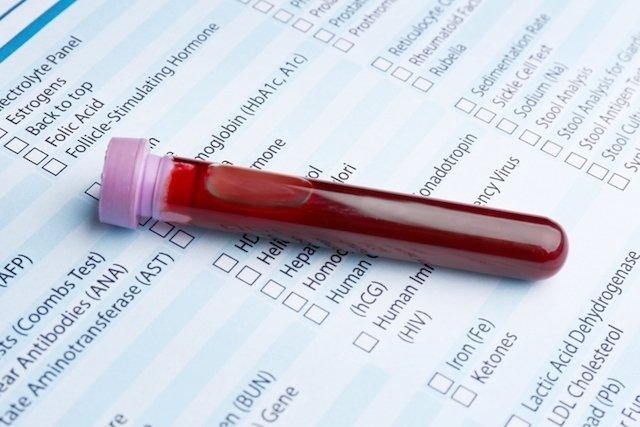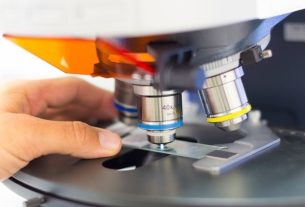Amylase is a digestive enzyme produced by the pancreas and salivary glands, which acts in the digestion of starch and glycogen contained in food. Generally, the serum amylase test is used to help diagnose diseases in the pancreas, such as acute pancreatitis, for example, or other problems that may alter the functioning of this organ, and is normally requested together with the lipase measurement.
In addition, the doctor may also order a urine amylase test, which helps assess the functioning of the kidneys and can be used during the treatment of kidney failure to assess the effectiveness of the treatment.
The results of the amylase test must be evaluated by the doctor in conjunction with the analysis of symptoms and the results of other tests that must have been indicated by the doctor, including lipase measurement.

Amylase reference value
Amylase reference values considered normal are:
- Between 30 to 118 U/L, in people under 60;
- Up to 151 U/L, for people over 60 years old.
The reference value for amylase varies according to the laboratory and technique used to perform the test, and it is important that the result is evaluated by the doctor.
Amylase test results
The results of the amylase test help diagnose health problems in the pancreas and salivary glands, and is especially used to diagnose acute pancreatitis, as amylase values in the blood increase greatly in the first 6-12 hours of pancreas problems.
High amylase
Amylase may be high if:
- Parotiditis;
- Acute and chronic pancreatitis;
- Biliary tract diseases such as cholecystitis;
- Peptic ulcer;
- Pancreatic cancer;
- Obstruction of the pancreatic ducts;
- Viral hepatitis;
- Ectopic pregnancy;
- Renal insufficiency;
- Burns;
- Use of some medications, such as oral contraceptives, valproic acid, metronidazole and corticosteroids.
In most cases of pancreatitis, blood amylase levels are 3 times higher than the reference value, however this is not related to the severity of the pancreatic injury.
Amylase levels usually increase within 6 to 12 hours and return to normal within 4 days. Despite this, in some cases of pancreatitis, no large increase or no increase in amylase concentration is observed, which is why it is important to measure lipase to check the function and the possibility of pancreas disease. Understand What is lipase and how to understand its results.
Low amylase
Decreased amylase levels are more common in hospitalized patients, especially in those receiving glucose administration. In these cases, it is recommended to wait up to 2 hours for the amylase measurement to be taken and the result to be reliable.
Furthermore, the low amount of amylase may be a sign of permanent damage to the cells responsible for the production of amylase and, therefore, may be indicative of chronic pancreatitis and must be confirmed through other laboratory tests.
Bibliography
- HINRICHSEN, Sylvia Lemos. Causes of: differential diagnosis. 1 ed. Rio de Janeiro: Medbook, 2014. 276-277.
- NATIONAL QUALITY CONTROL PROGRAM. Critical Values of Laboratory Tests that Require Immediate Decision Making in Compliance with ANVISA’s RDC 302:2005. 2017. Disponível em: <https://www.pncq.org.br/uploads/pdfs/2015/Valores%20cr%C3%ADticos%20no%20laborat%C3%B3rio%20cl%C3%ADnico%20.pdf>. Acesso em 12 set 2019

Sign up for our newsletter and stay up to date with exclusive news
that can transform your routine!
Warning: Undefined array key "title" in /home/storelat/public_html/wp-content/plugins/link-whisper-premium/templates/frontend/related-posts.php on line 12
Warning: Undefined array key "title_tag" in /home/storelat/public_html/wp-content/plugins/link-whisper-premium/templates/frontend/related-posts.php on line 13



